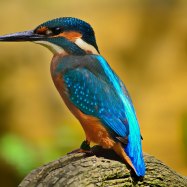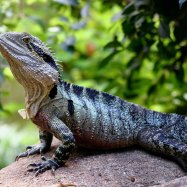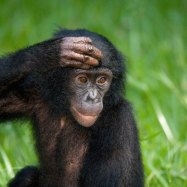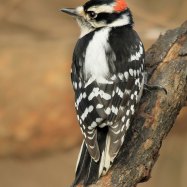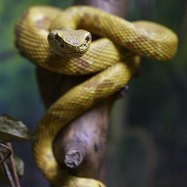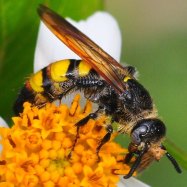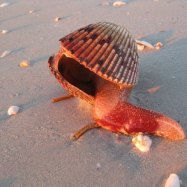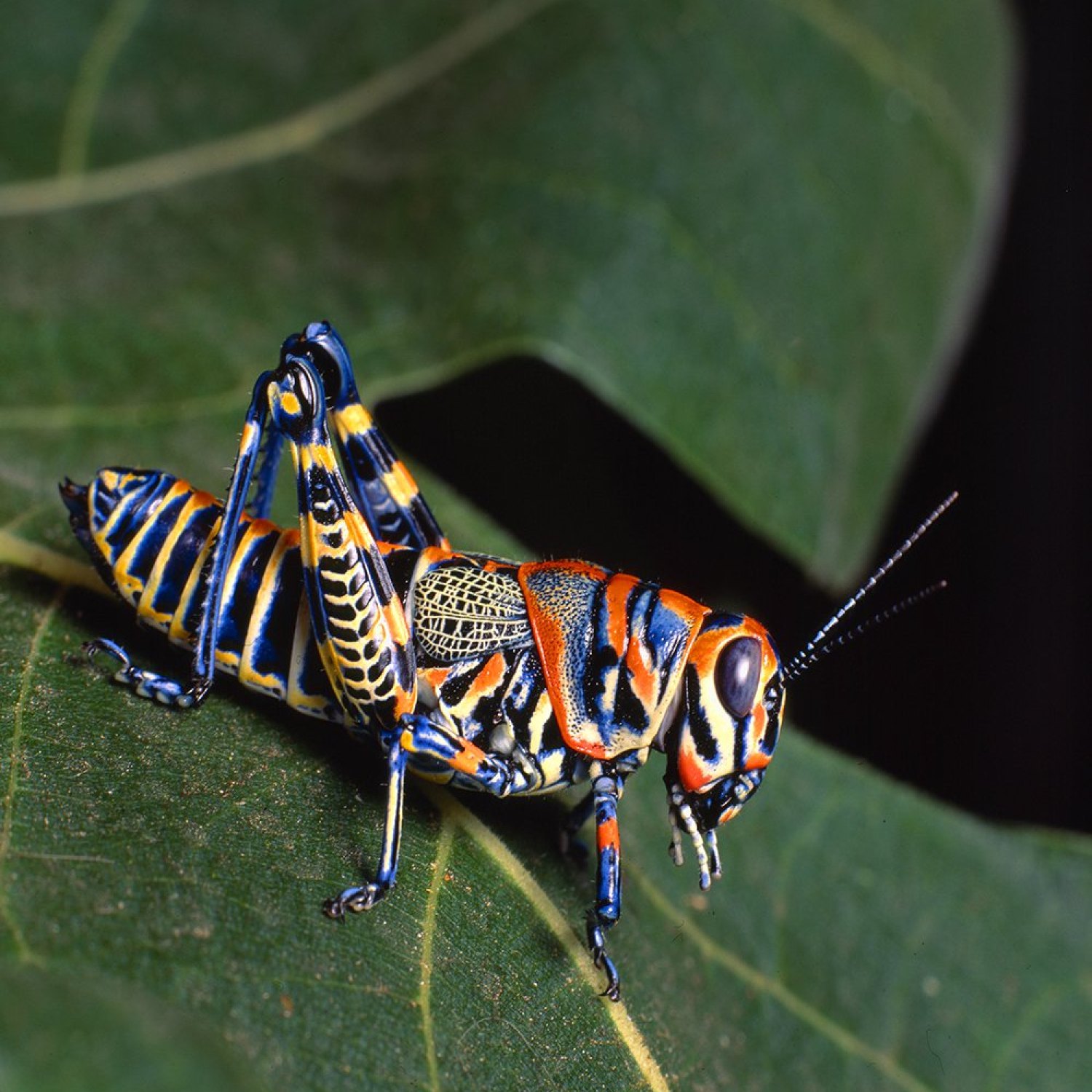
Insects
Insects are the most diverse and abundant group of animals on Earth. They can be found in almost every habitat, from forests to deserts and even in our homes. From buzzing bees to graceful butterflies, these tiny creatures play a crucial role in our ecosystem as pollinators and decomposers. With over a million identified species, insects come in various shapes, sizes, and colors, making them fascinating creatures to observe and learn about. So next time you spot a ladybug or a praying mantis, take a moment to appreciate these often misunderstood animals.
Animal Details Summary:
Common Name:
Kingdom:
Habitat:
The Fascinating World of Insects: A Closer Look at the Smallest Creatures on Earth
Whether it is the sound of bees buzzing on a warm summer day, the sight of a butterfly fluttering gracefully in the garden, or the annoyance of pesky mosquitoes during a picnic, insects are all around us. These tiny creatures form the largest and most diverse group of animals on earth, with over 1 million known species and an estimated 4-30 million yet to be discovered. Although they may seem small and insignificant, insects play a crucial role in our ecosystem and have surprising and unique features that make them truly fascinating creatures. In this article, we will delve into the world of insects, exploring their scientific name, classification, habitat, feeding methods, geographical distribution, and more Insects.Scientific Name: Insects are classified within the phylum Arthropoda, which also includes spiders, crustaceans, and millipedes. They belong to the class Insecta and are commonly known as insects.
Kingdom: The kingdom of insects is Animalia, which consists of all animals.
Phylum: Insects belong to the phylum Arthropoda, meaning "jointed legs." This name refers to their segmented bodies and jointed limbs that enable them to move and adapt to different environments.
Class: Insects fall under the class Insecta, a Latin word meaning "cut into segments." This class includes six-legged creatures with bodies divided into three distinct parts: head, thorax, and abdomen.
Order: Insects are further divided into over 30 orders depending on their characteristics and behavior. Some common orders include Coleoptera (beetles), Hymenoptera (ants, bees, wasps), Lepidoptera (butterflies, moths), and Diptera (flies) Indian Rhinoceros.
Family: Orders of insects are then divided into families based on specific physical or behavioral characteristics. For example, the family Apidae includes social bees, while the family Culicidae includes mosquitoes.
Habitat: Insects can be found in almost every habitat on earth, except for the ocean. They thrive in diverse environments, including forests, grasslands, deserts, and even polar regions. However, the most significant diversity of insects can be found in tropical regions, as their warm and humid climate provides ideal conditions for their growth.
Feeding Method: Like their diverse habitats, insects also have various feeding methods. Some insects, like bees and butterflies, feed on nectar from flowers, while others, like mosquitoes, feed on blood. Some insects, such as ants, are omnivores and will eat both plants and other insects, making them important scavengers in the ecosystem.
Geographical Distribution: Insects can be found in every continent, from the Arctic to the Antarctic, and everywhere in between. However, the highest diversity of insects is found in the Neotropical region, which includes Central and South America, Mexico, and the Caribbean.
Country of Origin: Insects can be found in almost every country on earth. However, some countries are known for their high diversity of insects, such as Brazil, Australia, and Indonesia.
Location: As mentioned earlier, insects can be found in various habitats, both natural and human-made. From forests to gardens, from soil to water, insects can adapt and thrive in any location.
Animal Coloration: Insects are known for their vibrant and diverse colors. These colors serve various purposes, from attracting a mate to camouflaging and protecting them from predators. Some insects, like butterflies and beetles, have bright, eye-catching colors, while others, like stick insects, blend in with their environment.
Body Shape: Insects come in various body shapes and sizes, from slender and elongated to round and chubby. Their bodies are also divided into three parts: head, thorax, and abdomen. Depending on their habitat and lifestyle, their body shape may differ. For example, a mosquito has a slender and elongated body that allows it to move swiftly through the air, while a beetle's round and compact body is perfect for crawling through the soil.
Length: The length of insects can vary greatly, ranging from less than 0.01 inches to over 8 inches. The smallest known insect is the fairy fly, which is only 0.005 inches in length, while the largest is the Goliath beetle, which can grow up to 4 inches in length.
Now that we have explored the basic information about insects let's take a closer look at some of the most fascinating and unique features of these tiny creatures.
Smallest and Largest Insects
We have already mentioned the smallest and largest insects, but let's dive deeper into these record-breaking creatures. As mentioned, the smallest known insect is the fairy fly, which belongs to the group of parasitic wasps known as Mymaridae. These tiny insects are so small that they can easily fit on the tip of a needle! On the other end of the spectrum, the Goliath beetle is the largest known insect, weighing up to 3.5 ounces. They are found in tropical regions of Africa and can grow up to 4 inches in length. Just like their namesake, the Goliath beetle truly is a behemoth among insects.Complex Social Structures
When we think of highly social animals, we often think of primates like chimpanzees or dolphins. However, insects also have complex social structures, with some colonies consisting of millions of individuals. Social insects, like ants, bees, and termites, work together to build nests, forage for food, and protect their colony. They have a strict division of labor, with some individuals acting as workers, soldiers, or primary reproducers. Ants, for example, have been known to cooperate and coordinate their actions to form bridges and rafts to overcome obstacles or escape adverse conditions. Their social behavior is truly remarkable and highlights the intelligence of these tiny creatures.Pest or Pollinator?
Insects can often be seen as nuisances or pests, but many of them play essential roles in our ecosystem. Pollinators, for example, are insects that are responsible for pollinating plants, allowing them to reproduce. Nearly 1/3 of the food we eat is the result of the hard work of pollinators. Without them, we would not have fruits, vegetables, or even chocolate! Bees, butterflies, and beetles are some of the most well-known pollinators. Similarly, insects such as ladybugs, lacewings, and wasps act as natural pest control, feeding on insects that can damage crops or gardens.Unique Defense Mechanisms
Being small and vulnerable, insects have evolved various defense mechanisms to protect themselves from predators. Some insects, such as monarch butterflies, are brightly colored to warn predators that they are toxic. Others, like praying mantises and chameleons, have adapted to blend in with their surroundings, making it difficult for predators to spot them. Some insects, such as wasps and bees, have developed stingers to defend themselves. However, one of the most unique defense mechanisms can be found in the bombardier beetle, which defends itself by spraying noxious chemicals from its abdomen in rapid-fire bursts! These chemicals can reach boiling temperatures and have been known to cause injuries to predators.The world of insects is truly fascinating and diverse, with unique features that continue to amaze and surprise us. From their complex social structures to their vital role in our ecosystem, insects play a significant role in our world. However, their numbers are declining due to factors such as habitat loss, climate change, and pesticide use. As responsible caretakers of our planet, it is essential to understand and appreciate these tiny creatures and take steps to protect and preserve their habitats. So the next time you see a seemingly annoying insect buzzing around, take a closer look and appreciate their beauty and uniqueness.

Insects
Animal Details Insects - Scientific Name:
- Category: Animals I
- Scientific Name:
- Common Name:
- Kingdom:
- Phylum:
- Class:
- Order:
- Family:
- Habitat:
- Feeding Method:
- Geographical Distribution:
- Country of Origin:
- Location:
- Animal Coloration:
- Body Shape:
- Length:

- Adult Size:
- Average Lifespan:
- Reproduction:
- Reproductive Behavior:
- Sound or Call:
- Migration Pattern:
- Social Groups:
- Behavior:
- Threats:
- Conservation Status:
- Impact on Ecosystem:
- Human Use:
- Distinctive Features:
- Interesting Facts:
- Predator:
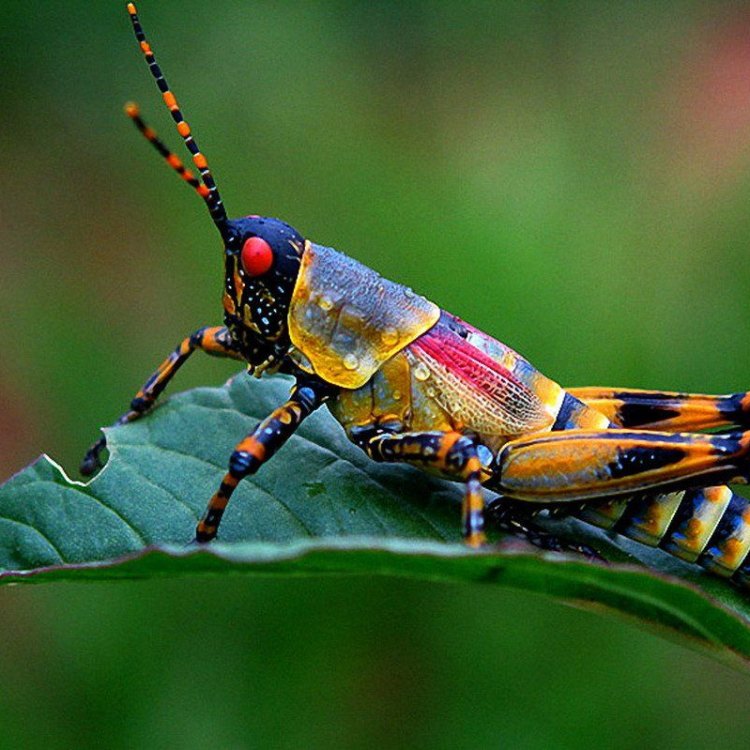
The Fascinating World of Insects: Exploring Their Extraordinary Features and Impact on Our Ecosystem
Insects are the most diverse group of animals on earth, with over 1 million known species and possibly millions yet to be discovered. They can be found in almost every corner of the world, from the rainforests to the desert, and even in our own backyards. From tiny ants to formidable praying mantises, insects have been fascinating humans for centuries with their unique features and behaviors.Adult Size:
Insects come in a wide range of sizes, from the tiny fairyfly, measuring only 0 PeaceOfAnimals.Com.2 mm in length, to the giant weta, which can reach up to 4 inches in length. The largest known insect in the world is the goliath beetle, which can weigh up to 3.5 ounces and have a wingspan of 6 inches.
Average Lifespan:
The average lifespan of an insect can vary greatly depending on the species. Some insects, like the adult mayfly, only live for a few hours, while others, like the queen termite, can live for up to 50 years. However, the average lifespan of an insect is around 1 year.
Reproduction:
Insects have a unique and fascinating reproductive process. Most insects lay eggs, which hatch into larvae, and then go through a series of molts before reaching their adult form. Some insects, such as aphids, have the ability to reproduce asexually, without the need for a male Ibizan Hound.
Reproductive Behavior:
Insects have evolved a variety of reproductive behaviors to ensure the survival of their species. Many insects, like the fireflies, use bioluminescence to attract mates. Others, like the male praying mantis, risk their lives by offering themselves as a meal to the female during mating.
Sound or Call:
While most insects do not make a sound, some have developed the ability to produce sounds for various purposes. The male cicada, for example, creates a loud buzzing noise to attract mates. Some insects also use sound as a means of communication, such as crickets, which produce chirping noises to attract females.
Migration Pattern:
Insects have a remarkable ability to migrate long distances, with some species traveling thousands of miles each year. Monarch butterflies are a prime example of this, as they migrate from Canada and the United States to Mexico in the fall and back again in the spring.
Social Groups:
Although we may think of insects as solitary creatures, many of them actually live in social groups. Social insects, such as ants, bees, and termites, live in highly coordinated colonies, with each insect having a specific role within the colony.
Behavior:
Insects display a wide range of behaviors, from highly organized colonies to individualistic hunters. Many insects also exhibit complex behaviors, such as the honeybees' "waggle dance" used to communicate the location of food sources to their colony members.
Threats:
While insects may seem small and insignificant, they face a variety of threats that can have a significant impact on their populations. Habitat destruction, pollution, and climate change are some of the major threats to insect populations. The use of pesticides and insecticides has also taken a toll on insect populations, causing declines in some species and threatening the health of entire ecosystems.
Conservation Status:
Despite their crucial role in the ecosystem, many insect species are facing declining populations and are listed as endangered or critically endangered. The rusty patched bumblebee, for example, was the first bee species in the continental United States to be listed as endangered. It is estimated that nearly 40% of insect species are facing extinction, and their loss could have devastating effects on our planet.
Impact on Ecosystem:
Insects play a vital role in maintaining the balance of our ecosystems. They are important pollinators, helping plants reproduce and produce the fruits and vegetables we rely on for food. Insects also help break down organic matter, recycle nutrients, and control pest populations. Without insects, our ecosystems would collapse, causing a ripple effect on the entire food chain.
Human Use:
Insects have been used by humans for centuries as a source of food and medicine. Today, over 2 billion people around the world include insects in their diet. Insects are also used in traditional medicine, and their venom has been found to have potential for use in modern medicine, specifically in the treatment of diseases such as cancer and Alzheimer's.
Distinctive Features:
Insects have many unique features that distinguish them from other animals. One of the most notable features is their exoskeleton, a hard outer covering that protects their soft bodies. This exoskeleton is made of a substance called chitin, which is also found in the shells of crustaceans. Insects also have six legs, compound eyes, and a pair of antennae used for sensing their environment.
Interesting Facts:
- Insects are the only invertebrates (animals without a backbone) that can fly.
- Ants can carry up to 50 times their body weight.
- Dragonflies have nearly 360-degree vision, making it nearly impossible for prey to escape them.
- There are more insects in one square mile of rural land than there are people on the entire planet.
Predators:
Despite their small size, insects have many predators, including birds, reptiles, mammals, and other insects. To avoid becoming prey, insects have evolved a variety of defense mechanisms, such as camouflage and warning colors. Some species also produce foul-smelling chemicals or toxins to deter predators.
In conclusion, insects are truly remarkable creatures that play a crucial role in our ecosystems and have many unique features and behaviors. They are facing many threats, and it is our responsibility to protect and conserve their populations. As we continue to learn more about these fascinating creatures, we can gain a deeper understanding of their importance and the impact they have on our planet. So the next time you see a tiny insect crawling around, take a moment to appreciate their incredible diversity and the vital role they play in our world.
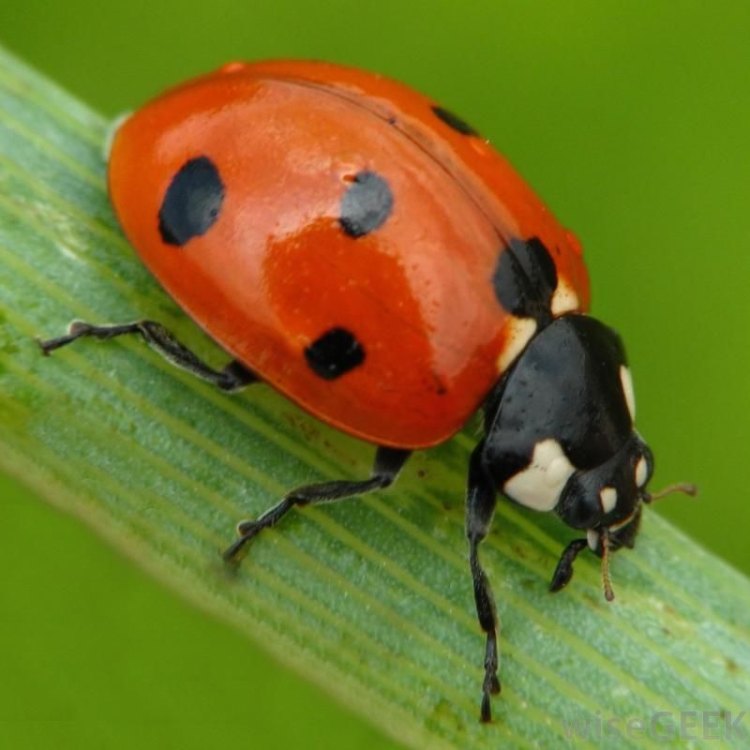
The Fascinating World of Insects: A Closer Look at the Smallest Creatures on Earth
Disclaimer: The content provided is for informational purposes only. We cannot guarantee the accuracy of the information on this page 100%. All information provided here may change without prior notice.

